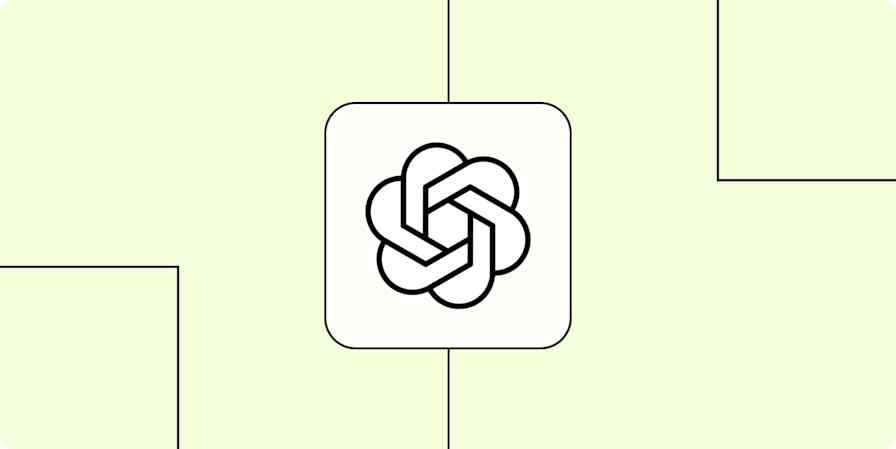Business tips
8 min readGet Smart About Product Design with this Hierarchy of Needs
By Brady Dale · May 20, 2014

Get productivity tips delivered straight to your inbox
We’ll email you 1-3 times per week—and never share your information.
Related articles
Improve your productivity automatically. Use Zapier to get your apps working together.








